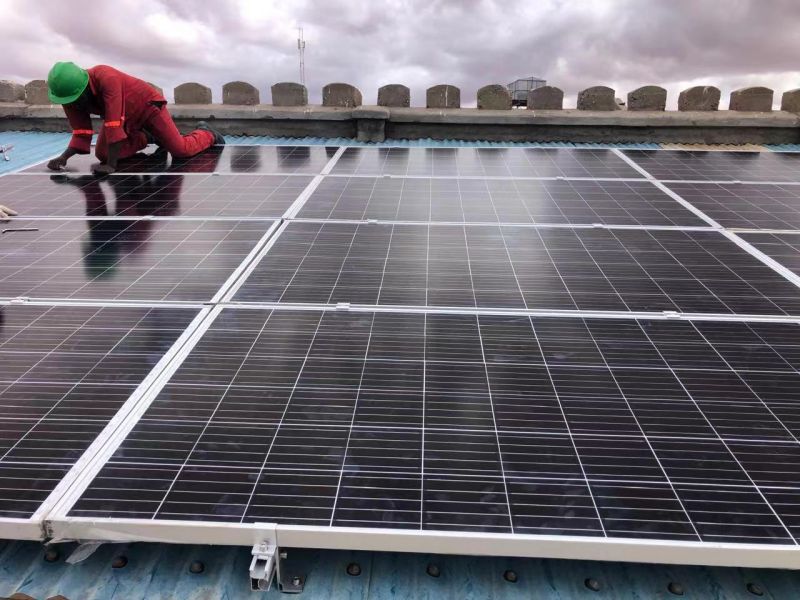Top 10 Solar Project Solution Factory In China
To solve the problems of high electricity bills, frequent power outages and lack of electricity, home rooftop solar PV projects have become the choice of more and more households. The household solar photovoltaic power generation system, as the core of this project, is mainly divided into off-grid solar systems and grid-connected solar systems. Today, let's delve into the charm of off-grid rooftop solar systems.
Off-grid solar system, as the name suggests, is a system that does not require connection to the power grid and independently supplies electricity to households. It consists primarily of core components such as solar panels, controllers, batteries, and inverters. Solar panels capture solar energy and convert it into electrical energy. Controllers regulate the current and voltage to ensure stable system operation. Batteries store electrical energy for use at night or during rainy days. Inverters convert direct current (DC) into alternating current (AC) to meet the power needs of household appliances.

Imagine on a sunny day, solar panels silently convert solar energy into electrical energy while charging the batteries. As night falls, the batteries begin to discharge the stored electrical energy to power the home's appliances. Even if the batteries run out, there's no need to worry, as the system provides a backup option to connect to the utility grid for charging, ensuring continuous power supply for the home.
So, how do you choose the right off-grid rooftop power generation system? It mainly depends on the household's electricity demand. Without an air conditioner, 3kw system is recommended.
With one air conditioner, 5kw system is recommended.
With two air conditioners, 10kw system is recommended.
With three air conditioners, 15kw system is recommended.
Of course, if you're not familiar with solar system design, don't hesitate to consult our professional team, which offers free design services to ensure that your home rooftop solar system runs smoothly.
